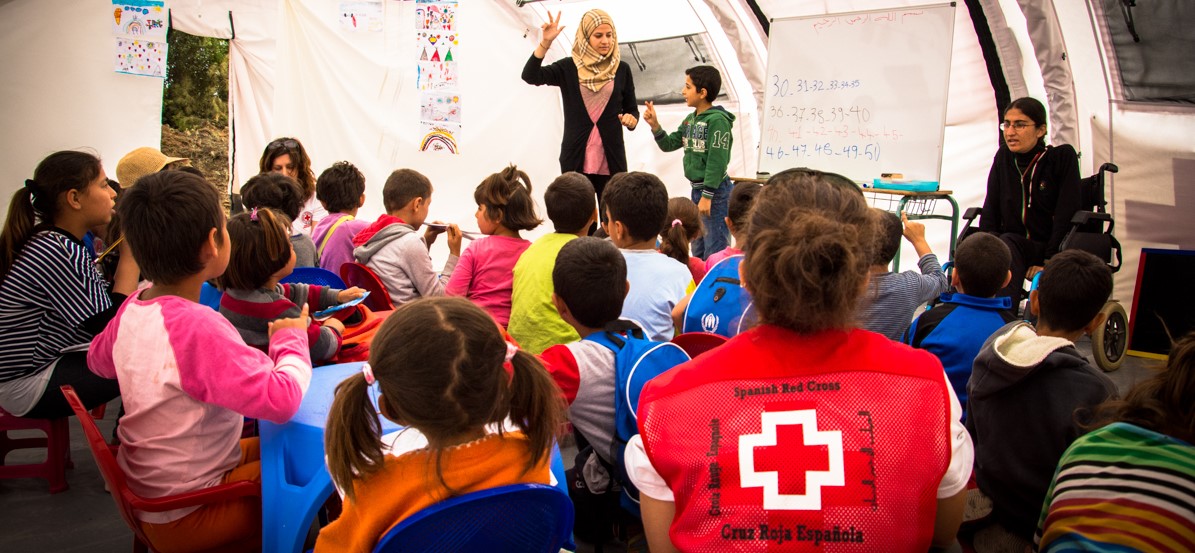It's time to stop and think
There are many ways to contribute our grain of sand to our environment, we can help with our hands, our gestures or by teaching another to fish so they can have something to eat, but... Have you ever heard what technology can contribute when we talk help?
We believe that it is important to be aware that technology can be a great ally to help others (and ourselves too). Sometimes we can go a little further if we think about the right way to reach people.
This year we have embarked on many technological adventures, but there are an ally with whom we share more than just projects, we share purpose. Who are we talking about? From the Red Cross.
Technology to help people in immigration processes
Today we wanted to make visible a project that represents a significant step for the Red Cross, specifically with regard to helping people in the migratory process.
Our work consisted of segment the data of the people served by the Red Cross, in order to identify situations of vulnerability. However, innovation does not lie solely in data collection, but in the ability to generate valuable insights from this information. That is, the use of reporting tools such as Power BI allowed the Red Cross effectively visualize and understand patterns emerging and trends, laying the foundation to help with real knowledge and information.
A cornerstone of this initiative is the ability to predict accurately the number of people with certain situations of vulnerability that are expected to be attended to in the next month. This forecast is achieved by analyzing historical data, applying time series techniques and classification algorithms. The accuracy of these predictions It is vital, as it not only facilitates efficient resource management, but also improves humanitarian response capacity in real time.
Anticipate effectively thanks to predictions
This analytical approach goes beyond those people who go to the Red Cross and respond correctly to the questionnaires, extending to those who, despite not having done so, could present specific vulnerabilities. The capacity of Identifying these non-obvious situations through classification algorithms adds an additional level of depth to understanding the needs of the population served.
Al effectively anticipate demand for care to vulnerable people, not only optimizes the operational efficiency of the Red Cross, but also ensures that services and support reach those who need it most in a timely manner. This proactive approach is not only a change in the way we address humanitarian needs, but also reflects the Red Cross' continued commitment to providing effective assistance to the most vulnerable communities.
